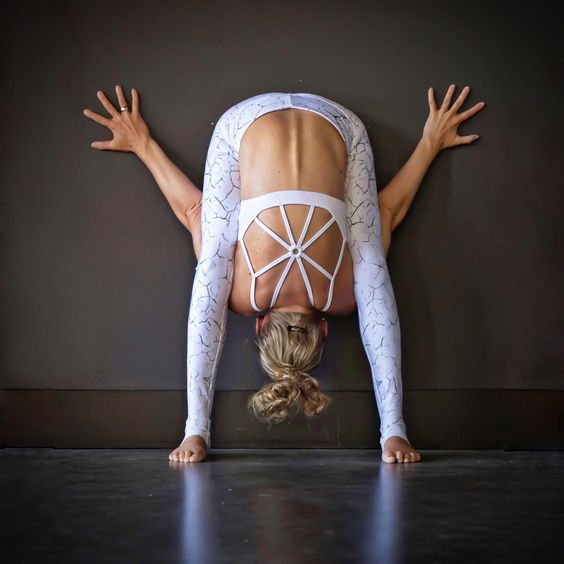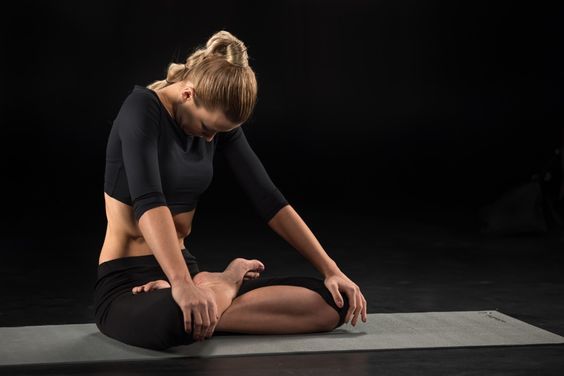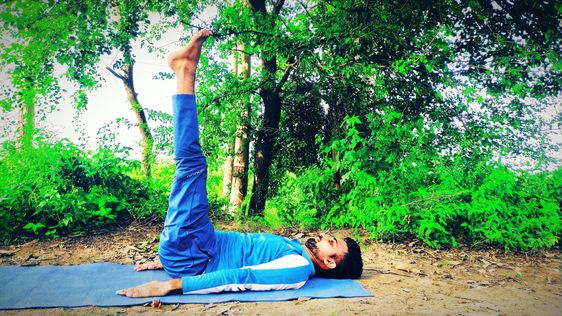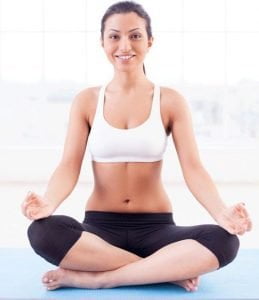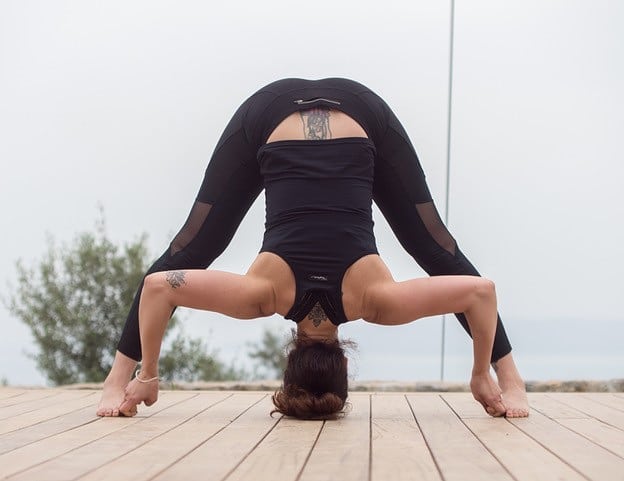
Sanskrit Name: Prasarita Padottanasana (प्रसारित पादोत्तासन)
English Name: Wide-Legged Forward Bend
Type of Yoga: Vinyasa Flow
Level of Yoga: Basic
Duration: As per your capacity or 30 to 60 seconds
Target Area: Legs, Vertebral column
Strengthens: Legs, Vertebral column
Prasarita Padottanasana is a simple asana that is ideal for beginners. It is a good posture to reduce stomach fat. Those people, who have always had a headache, must practice this asana. This seat also provides relief in fatigue. It provides a good message for internal organs such as kidneys and liver.
There are so many benefits to doing this posture so let’s know in today’s article how to do Prasarita Padottanasana and what the benefits of doing this asana are.
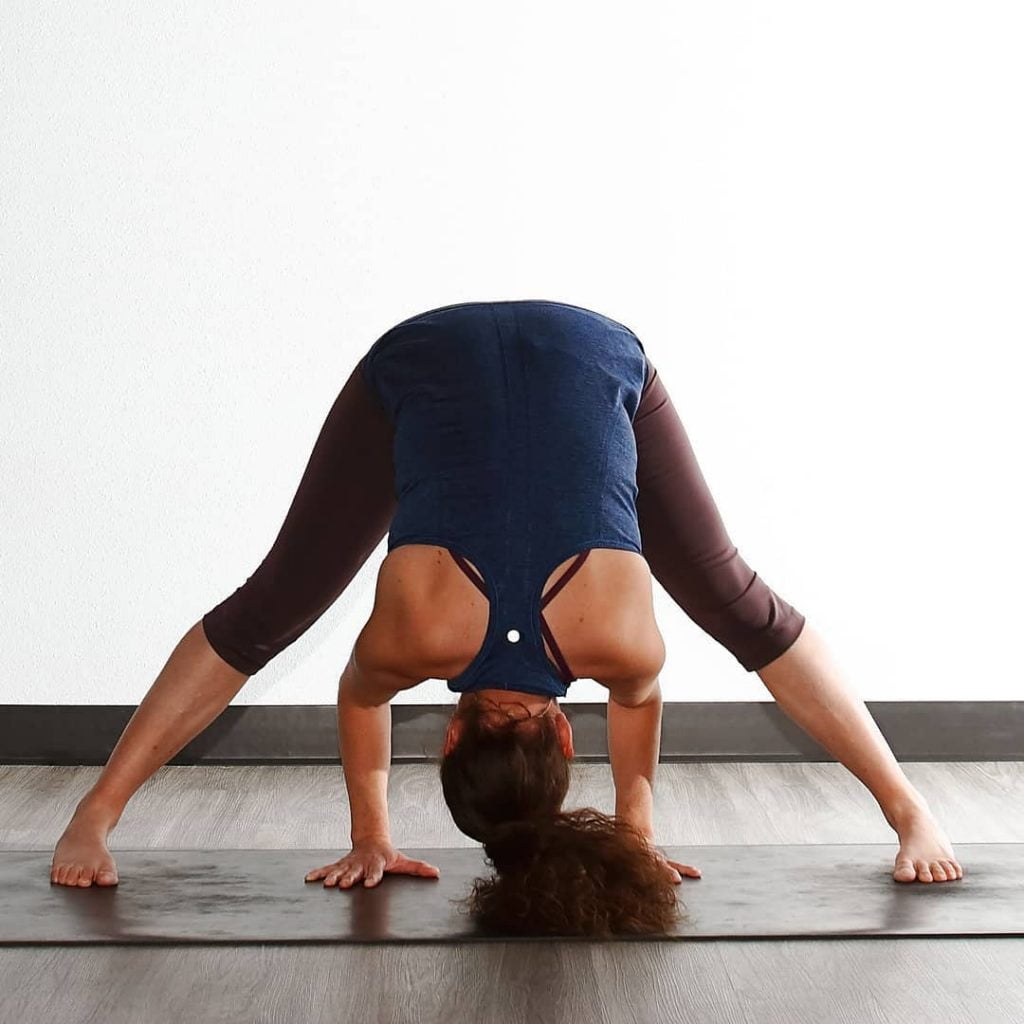
Table of Contents
What Does It Mean By Prasarita Padottanasana (Wide-Legged Forward Bend)?
The word Prasarita Padottanasana is composed of four Sanskrit words, where
The first word is “Prasarita (प्रसारित)”, which means “Wide”
The second word is “Pada (पद)”, which means “Leg”
And the third word is “Uttana (उत्तान)”, which means “Forward Bend”
The fourth word is “Asana (आसन)”, which means “Yoga Pose”
Prasarita Padottanasana is called Wide-Legged Forward Bend in the English Language. Those people, who have always had a headache, must practice this asana. This seat also provides relief in fatigue.
Preparatory Poses of Prasarita Padottanasana:
- Padahastasana (पादहस्तासन) or Hand to Foot Pose
- Utthita Trikonasana (उत्थित त्रिकोणासन) or Extended Triangle Pose
- Parivrtta Trikonasana (परिवृत्त त्रिकोणासन) or Revolved Triangle Pose
- Utthita Parsvakonasana (उत्थित पार्श्वकोणासन) or Extended Angle Pose
- Parivrtta Parsvakonasana (परिवृत्त पार्श्वकोणासन) or Revolved Side Angle Pose
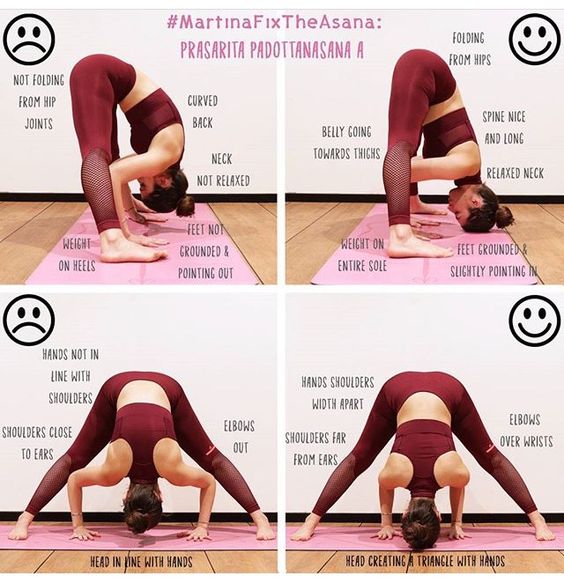
Method of Doing Prasarita Padottanasana:
- At first stand in Tadasana or Mountain Pose
- Take the breath in and take your legs apart 3 to 4.5 feet according to your height
- Keep hands on the waist and keep in mind that your ankles should be aligned
- Slowly exhale, start bending from the joints of the hips until your palms are firmly on the ground
- The distance between the shoulders, palms, and the arms and legs must be the same
- Taking in the breath, lift the head and look at the front
- Then bend down from the joints of the hips as much as possible while leaving the breath
- Keep the head and your back in a straight line as far as possible so that you can perform it correctly
- If you have such flexibility, then keep the palms and feet in the same line. If this is not possible for you then you can keep the palms according to your ability
- Take five breaths in total and leave them out so that you can stay in the asana for 30 to 60 seconds
- Gradually, such as strength and flexibility in your body, you can increase the time – do not exceed 90 seconds
- After breathing 5 times you can come out easy
- To get out of the asana, lift the head and back together, lift the hands out of the ground and keep it on the waist again and bring the feet back inside to the Tadasana.

Beginner’s Tips:
If you do not have a yoga block, then you can use any other item on which you can place the hand and it can bear your weight.
Follow-up Poses of Prasarita Padottanasana:
- Parsvottanasana (पर्श्वोत्तनासन) or Intense Side Stretch Pose
- Utthita Hasta Padangusthasana (उत्थित हस्त पादंगुष्ठासन) or Extended Hand-To-Big-Toe Pose
- Ardha Baddha Padmottanasana (अर्ध बद्ध पद्मोत्तासन) or Half Bound Lotus Standing Forward Bend
- Utkatasana (उत्कटासन) or Chair Pose
Precautions of Prasarita Padottanasana:
Those who have problems of lower back pain do not practice the Prasarita Padottanasana
Do not put too much emphasis on your physical capacity
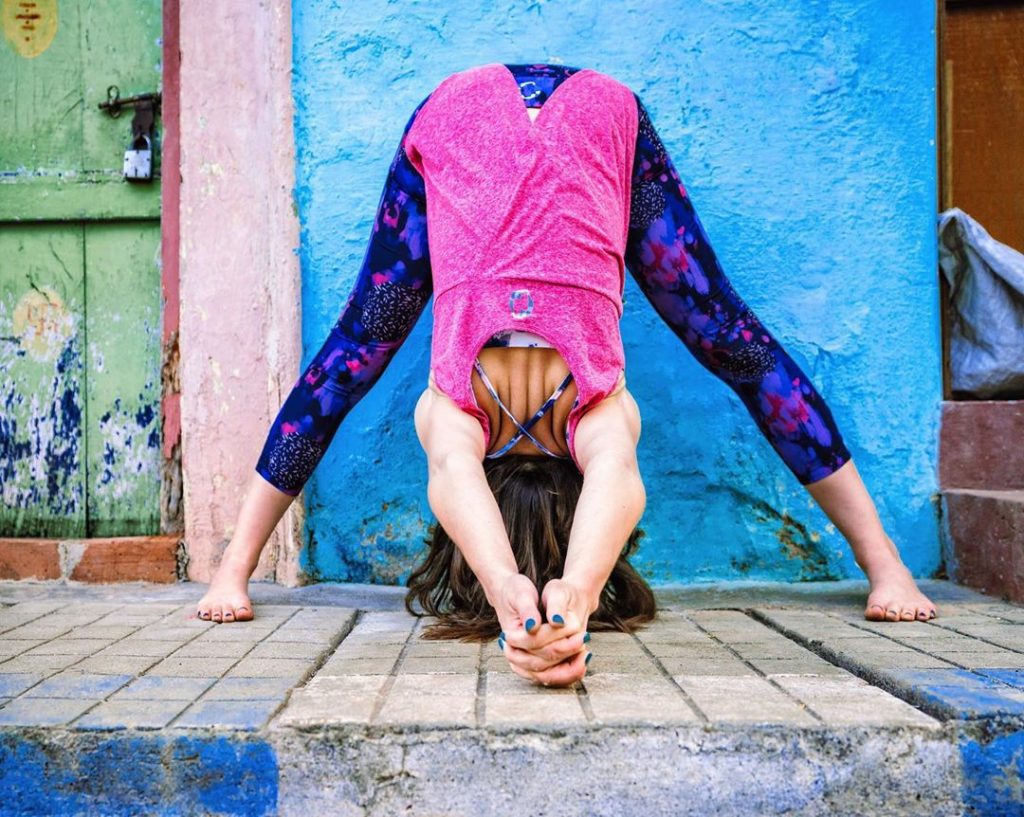
Benefits of Prasarita Padottanasana:
- With regular practice of Prasarita Padottanasana, you will get a stronger backbone, spine, and ankle
- It stimulates the abdominal organs with regular practice. Without practice on a daily basis, you will not get a single benefit of this asana.
- Regular practice of Prasarita Padottanasana makes the brain calm
- This asana is therapeutic for headache
- It also relieves pain from the leg, back, etc.
- Regular practice of this asana also removes light tension and fatigue
Recommended Articles:-
- Supta Vajrasana Step By Step Instructions To Do This Asana
- Parsvottanasana | Intense Side Stretch Steps
- Animal Yoga Poses That Are Named After Animals
- Poses Of Yoga For Concentration And Memory
- Adho Mukha Svanasana Benefits, Steps & Its Precautions
- Prenatal Yoga Poses To Try At Home: Step-By-Step Guide

